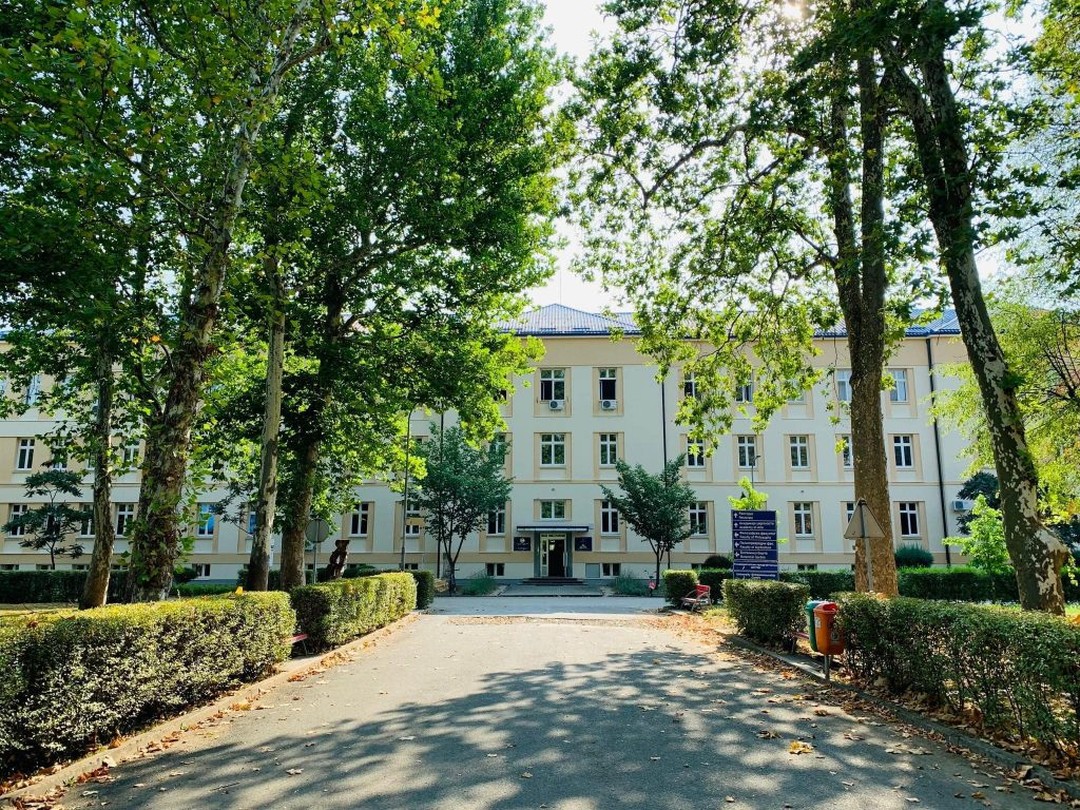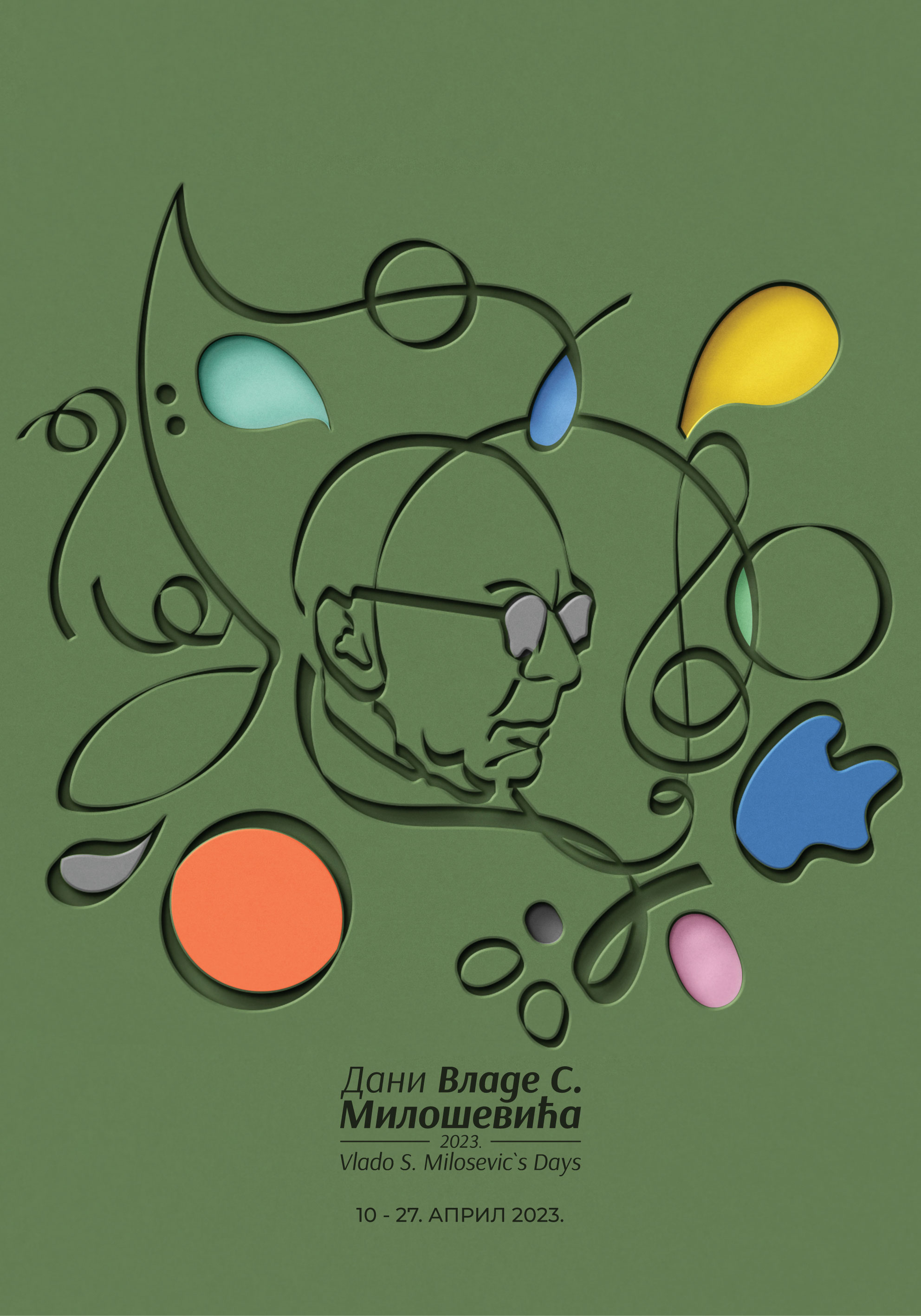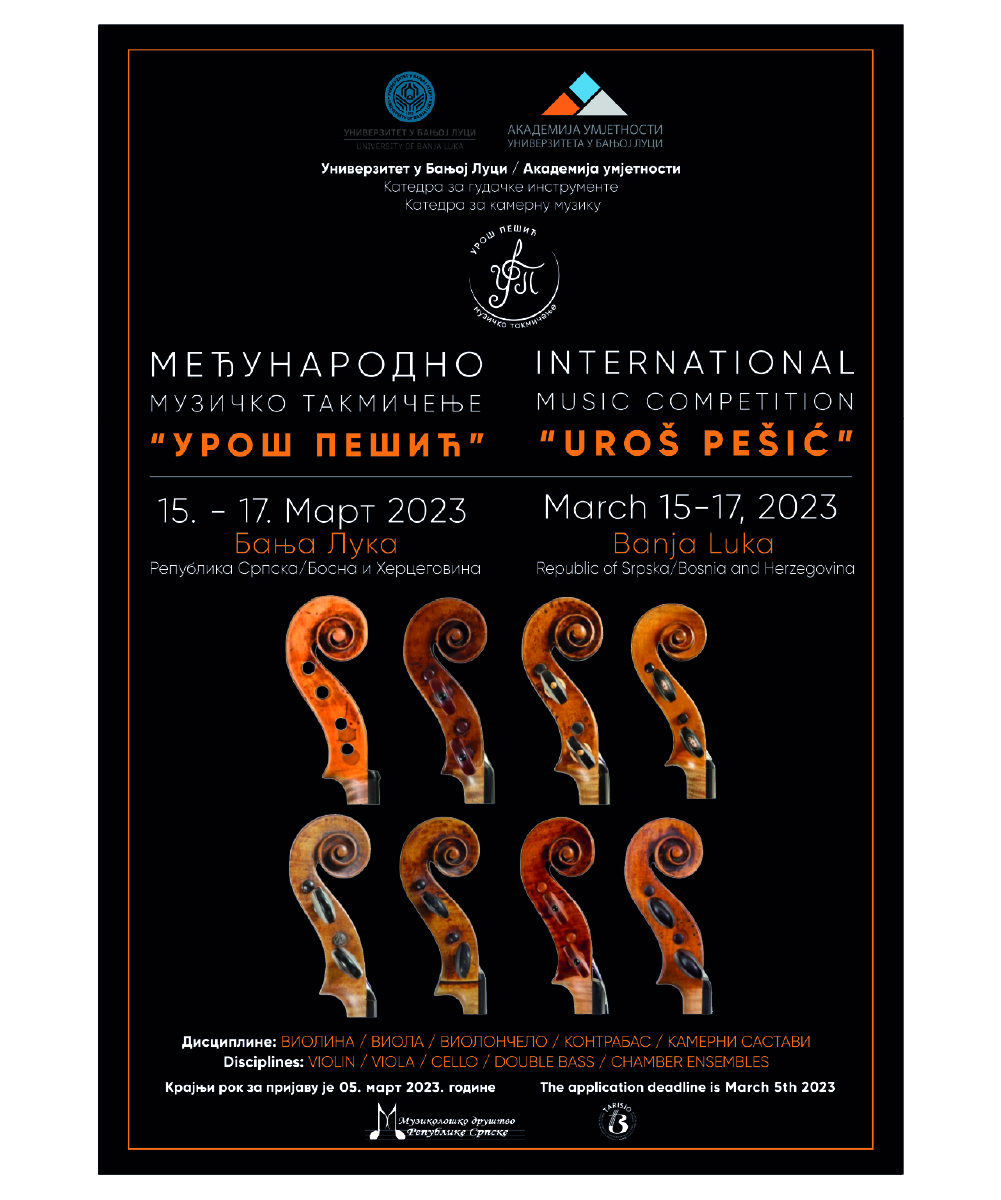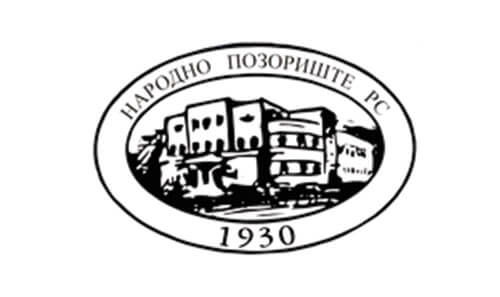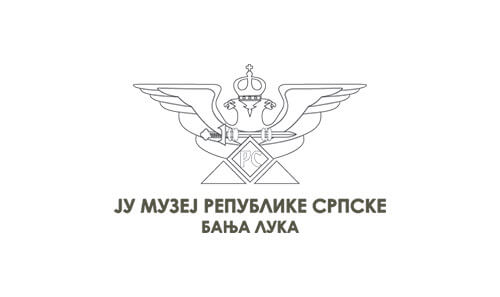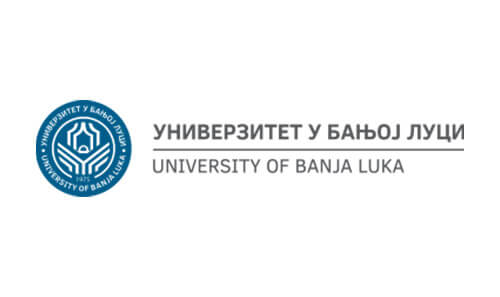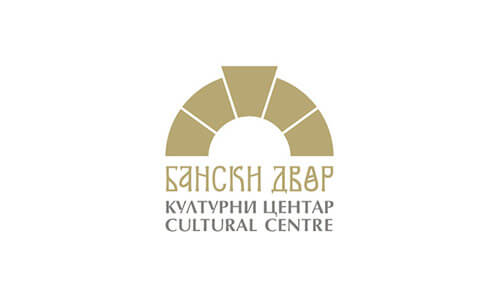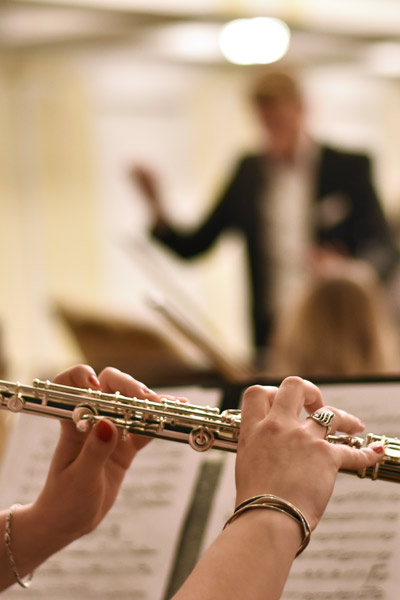
Wind Instruments
-
Who enrolls in this department?
At the Department of Wind Instruments, students study:
- Flute
- Oboe
- Clarinet
- Saxophone
- Trumpet
The Department of Wind Instruments is intended for candidates who have the ambition to bring their knowledge and skill of playing to a professional level. Most often, they are candidates who have graduated from instrumental departments in secondary music school and therefore have chosen the Academy of Arts as a logical continuation of their education and also as the way to the improvement of their performing skills on the instrument. Besides these candidates, there are also the candidates who have not graduated from secondary music school but show exceptional dexterity, and desire to advance in playing.
Students of the Department of Wind Instruments can improve technical and tonal elements, develop their artistic and creative abilities, and broaden their horizons in understanding the uniqueness of compositions and musical literature. Apart from the instrument study at a high professional level, students get opportunities to educate themselves in methodology. Thus, they become more educationally equipped for a quality and professional approach to the teaching process.
Students are active in their participation in chamber music and education in the following subjects – orchestra and orchestral sections.
Studies
Students develop competencies for solo artistic career, and pedagogic and creative work in music schools during the four-year Bachelor’s and one-year Master’s studies at the Department of Wind Instruments.
Studying a wind instrument implies thorough and continuous work on improving the tone and technical skills of playing, whereby the student discovers new and more mature ways of individual musical expression and further development of creativity in playing.
The Department of Wind Instruments student has the opportunity to participate in various manifestations and cultural events organized by the Academy of Arts of the University of Banja Luka, some of which carry the weight of international importance, such as Vlado S. Milošević's Days. Depending on his/her ambitions and commitment to the instrument, the student has the opportunity to take part as a soloist or chamber performer in the concerts of the students of the Academy of Arts, as a member of the orchestra of the Academy of Arts which performs several times during the school year, and exceptionally as a soloist accompanied by the orchestra of the Academy of Arts.
What after studies?
Our bachelors become academic members of society and thus, they are appreciated in the world of music. They have more opportunities to present themselves to the audience at concerts, and workshops, helping others to broaden their horizons about wind instruments. When they become bachelors in their narrow field of studies, our students are offered a wide range of job positions, especially those regarding solo artistic career and job position in almost all types of orchestras as well as job roles of teachers in music schools. Also, our bachelors can get jobs in radio and TV productions and cultural institutions.
Department of Wind Instruments
Dejan Trkulja MA, associate professor
01.
Bachelor studies
Nakon Osnovnog studija, odnosno I ciklusa, stiču se zvanja
After Bachelor studies, i.e., first cycle, students get these title:
- Bachelor of music – 240 ECTS, a flutist
The Curriculum is not available in this moment.
- Bachelor of music – 240 ECTS, an oboist
The Curriculum is not available in this moment.
- Bachelor of music – 240 ECTS, a clarinetist
The Curriculum is not available in this moment.
- Bachelor of music – 240 ECTS, a saxophonist
The Curriculum is not available in this moment.
- Bachelor of music – 240 ECTS, a trumpet player
The Curriculum is not available in this moment.
-
Application process
Applications are submitted to Student Administration Offices of the Academy of Arts. Entrance requirements for Bachelor studies (1st cycle studies) include a four-year secondary school degree and a successfully passed entrance examination.
During the Application process, candidates must submit:Documentation
For more information, please contact us.
-
-
Entrance examination - Flute
- the whole concert (all movements); a virtuoso composition and an etude; solfeggio
There are organized consultations during preparatory classes for the entrance exam:
Mr Sonja Miletic, Associate professor
Department of Wind Instruments
Entrance examination - Оboe
- the main subject –
- the whole concert (all movements); a virtuoso composition and an etude; solfeggio
- The recital is performed from memory.
There are organized consultations during preparatory classes for the entrance exam:
Jasna Grahovac, MA, Assistant professor
Department of Wind Instruments
Entrance examination - Clarinet
- a concert (1st movement)
- a free choice piece; a concert etude; solfeggi
There are organized consultations during preparatory classes for the entrance exam:
Dejan Trkulja, Pre-Bologna MA, Associate professor
Department of Wind Instruments
Entrance examination - Saxophone
- a concert (1st movement)
a free choice piece; a - concert etude; solfeggi
There are organized consultations during preparatory classes for the entrance exam:
Mr Sonja Miletic, Associate professor
Department of Wind Instruments
Entrance examination - Trumpet
- the whole concert (all movements); a virtuoso composition and an etude; solfeggio
There are organized consultations during preparatory classes for the entrance exam:
Nenad Marković, Pre Bologna MA, Associate professor
Department of Wind Instruments
Note
Candidates, who take the entrance exam with no piano accompanist, can hire an artistic associate of the Academy of Arts.
- the whole concert (all movements); a virtuoso composition and an etude; solfeggio
-
-
Ranking list
The right to be presented on the ranking list is achieved by the candidate who has passed the entrance exam which estimates the skills and talents of candidates (aptitude test) and which is determined by the Academy of Arts.
The ranking list of the candidates for the enrolment in this art programme is determined according to:- General success achieved in secondary education (success in all subjects and grades of a four-year high school)
- Results achieved in the entrance exam or the aptitude test
The number of points achieved on the basis of general success is obtained by multiplying the average grade in all subjects of a four-year high school by the number 10 (ten)
At the entrance exam or aptitude test, the candidate can achieve from 0 (zero) to 50 (fifty) points. According to both criteria, it is possible to achieve a maximum of 100 (hundred) points. Candidates who did not achieve more than 15 points in the entrance exam are not eligible for enrollment.
02.
Master Studies
After Master studies, i.e., second cycle, students get these title:
- Master of music in flute – 300 ECTS
The Curriculum is not available in this moment.
- Master of music in oboe – 300 ECTS
The Curriculum is not available in this moment.
- Master of music in clarinet– 300 ECTS
The Curriculum is not available in this moment.
- Master of music in saxophone – 300 ECTS
The Curriculum is not available in this moment.
- Master of music in trumpet – 300 ECTS
The Curriculum is not available in this moment.
-
Application process
Applications are submitted to Student Administration Offices of the Academy of Arts. During the application process, candidates must submit:
Documentation
For more information, please contact us.
Enrollment requirements
Master studies can be enrolled by the candidates who
- have earned: a four-year Bachelor’s degree, i.e., 240 ECTS credits; a minimum overall GPA of 8.0 at Bachelor’s studies and 9.0 in diploma/final examination, and
- have successfully passed entrance examination
-
Entrance examination - Flute
- A concert. At least one movement is performed from memory
There are organized consultations during preparatory classes for the entrance exam:
Sonja Čule, pre-Bologna MA, Associate professor
Department of Wind Instruments
Entrance examination - Оboe
- A concert. At least one movement is performed from memory
There are organized consultations during preparatory classes for the entrance exam:
Jasna Grahovac, MA, Assistant professor
Department of Wind Instruments
Entrance examination - Clarinet
- A concert. At least one movement is performed from memory
There are organized consultations during preparatory classes for the entrance exam:
Dejan Trkulja, Pre-Bologna MA, Associate professor
Department of Wind Instruments
Entrance examination - Saxophone
- A concert. At least one movement is performed from memory
There are organized consultations during preparatory classes for the entrance exam:
Dejan Trkulja, Pre-Bologna MA, Associate professor
Department of Wind Instruments
Entrance examination - Trumpet
- A concert. At least one movement is performed from memory
There are organized consultations during preparatory classes for the entrance exam:
Nenad Marković, Pre Bologna MA, Associate professor
Department of Wind Instruments
-
Rank list and enrollment
The right to be ranked on a unique ranking list is attained by a candidate who has passed the aptitude test. The Academy determines the order of candidates who have passed the entrance exam according to the number of total points achieved.
The ranking list of candidates for the enrollment in the study program of the first year of the second cycle of studies is determined on the basis of:- General success achieved during the first cycle of studies (average grade during studies)
- The results obtained in the entrance examination or the aptitude test
The number of points achieved on the basis of success in the first cycle of studies is obtained by multiplying the average grade by the number 5 (five).
At the entrance exam or aptitude test, the candidate can achieve from 0 (zero) to 50 (fifty) points. According to both criteria, it is possible to achieve a maximum of 100 (hundred) points. Candidates who did not achieve more than 15 points in the entrance exam are not eligible for enrollment.

